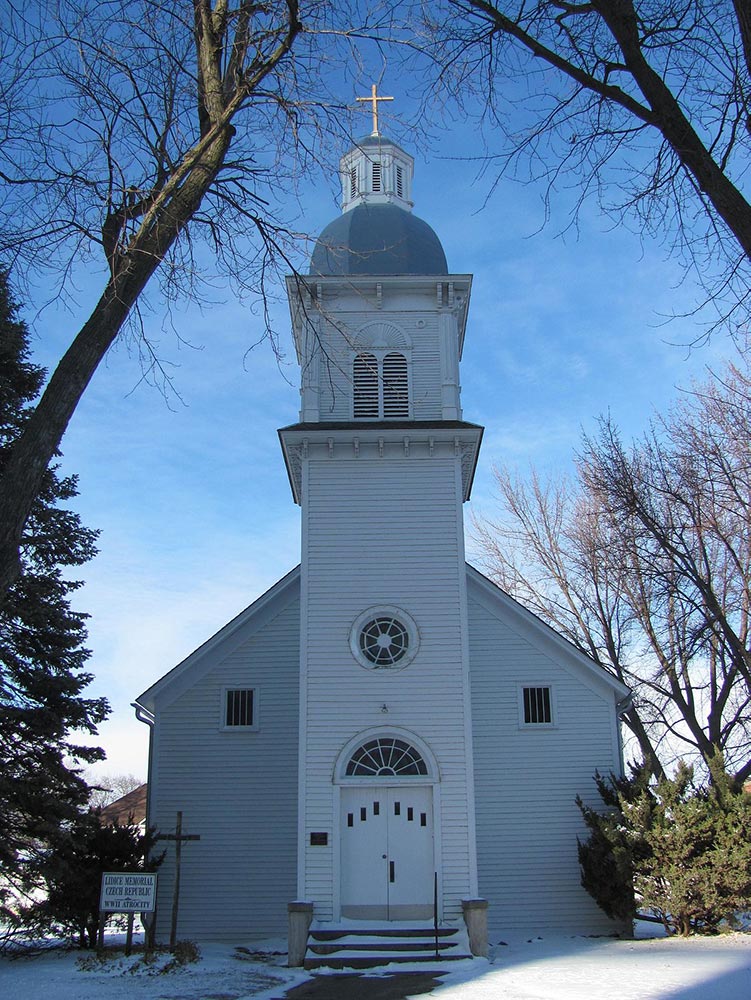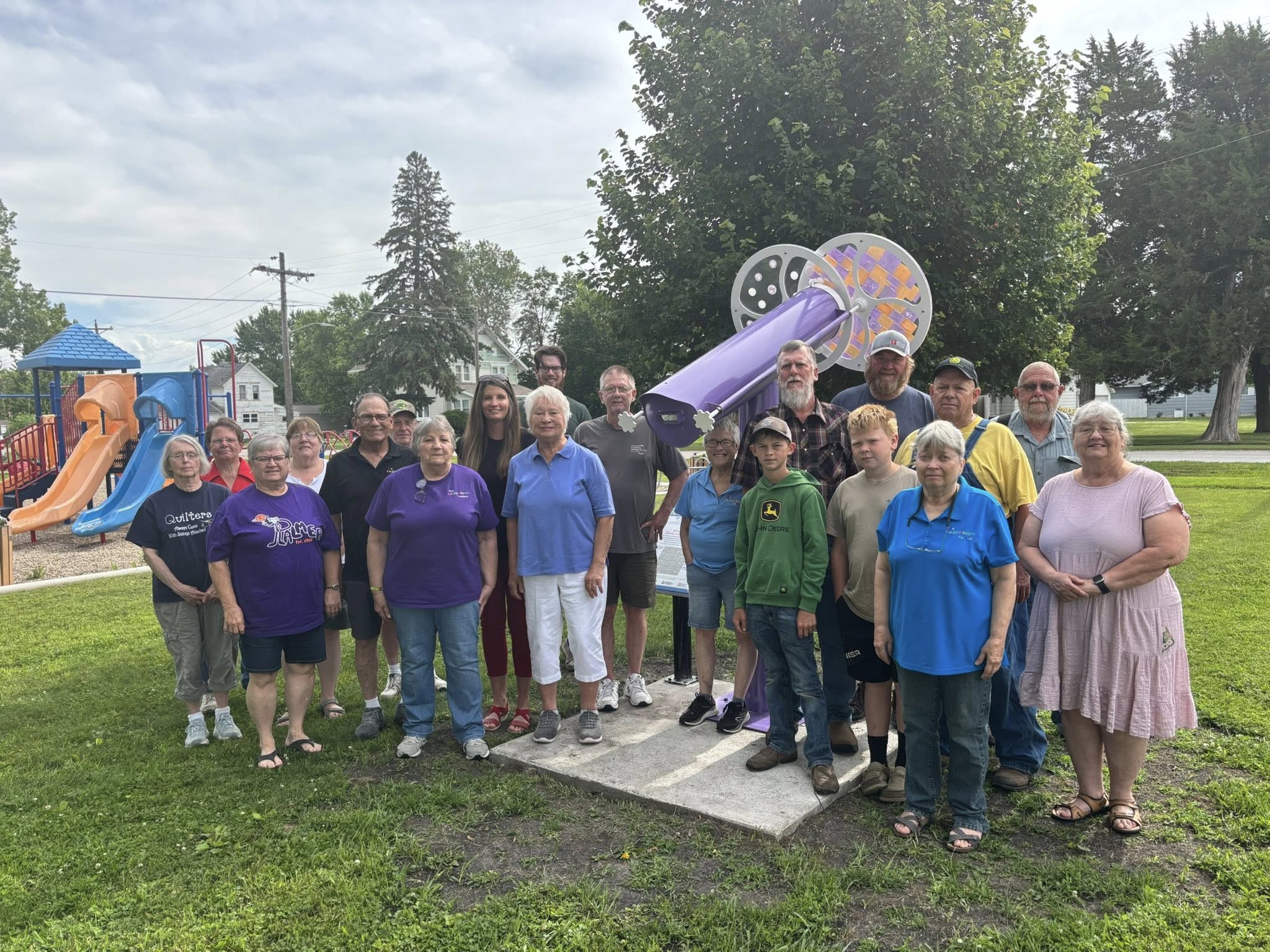
A Hidden Historical Gem – the Lidice Massacre Memorial
Czechoslovakia was one of the Nazis’ first targets leading up to WWII. In 1938, Germany assumed control of Sudetenland, a Czech territory inhabited by many ethnic Germans, and invaded the rest of Czechoslovakia in March 1939. Lidice, a mining village about 12 miles from Prague, suffered under the control of Reinhard Heydrich, a high-ranking SS official; head of the Reich Security Main Office; and acting head of the Protectorate of Bohemia and Moravia.
Since the town was not a threat to the Nazi occupation at the time, it was not in immediate danger – at least, not yet. As Heydrich worked to crush the Czech resistance movement, however, the situation in Lidice began to change.
The story of the Lidice massacre began in 1941 with a top-secret operation, code-named “Operation Anthropoid,” planned by the British Special Operations Executive (SOE). The goal of the operation was to assassinate a high-level Nazi official to demonstrate the long arm of British special operations and to inspire resistance in Czechoslovakia and other European countries. The SOE chose Reinhard Heydrich. Because of the atrocities he had helped perpetrate in Czechoslovakia, Heydrich would be the perfect target to help rouse the Czech resistance. He was also chosen due to his role as a leading architect of the “Final Solution,” which lead to the mass murder of European Jews. The SOE described him in a secret memo as “probably the second most dangerous man in German-occupied Europe.”
On the morning of May 27, 1942, in the streets of Prague, Czechoslovakia, Heydrich was attacked while riding in his car. Heydrich survived the initial attack, but he refused surgery from non-German doctors. This decision would lead to him dying of his wounds eight days later. The German response to the assassination was swift and brutal. Everyone the Germans could locate who had any part in the ambush or in protecting the attackers was executed along with their families. In the days after the attack, 157 people were killed in reprisal. But it did not stop there.
An enraged Adolf Hitler ordered more retaliation. He decided to make an example of Lidice because he believed several residents were connected to the Czech resistance. In nearby Kladno, the Gestapo had intercepted a love letter written by a suspected participant in Heydrich’s assassination. The note was addressed to a local factory worker who, upon interrogation, implicated the Horáks, a family living in Lidice.
Just after midnight on June 10, 1942, Nazi officials arrived in Lidice and herded villagers into the main square. Men over the age of 15 were taken to the Horáks’ farmhouse, women and children to a school in Kladno. All 173 males in the village were executed. Women who refused to leave their husbands were also shot, and men who happened to be away from the village were later found and killed.
Determined to completely eradicate Lidice, the Nazis destroyed every building in sight and even dug up the town’s cemetery. They dumped massacre victims into a mass grave dug by prisoners from Terezin, a nearby concentration camp.
Three days after the attack, Nazi officials separated the children from the women. The women boarded trucks bound for Ravensbruck, another concentration camp, and most of the children left for a camp in Łódź, Poland.
The children arrived in Łódź with a message from their Nazi captors: “The children are taking with them only what they wear. No special care is to be provided.” Once at the camp, the children were given extensive physical testing. German doctors measured the children’s facial features, identifying those with “Aryan” characteristics as candidates for Germanization—a process where suitably featured non-German children were adopted by German families.
In total, nine children met the criteria for Germanization and were sent to Puschkau, Poland to learn German and begin the assimilation process. On July 2, 1942, the remaining 81 children arrived at Chelmno extermination camp. Historians believe they were killed in gas chambers that same day.
By the end of the war, 340 of Lidice’s 503 residents had been murdered in retaliation for the events of May 27, 1942. 143 women and 17 children eventually returned to the ruins of their hometown and began to rebuild.
Today, the town has 540 residents, a memorial, and a museum to serve as a reminder of what happened during the Nazi occupation of WWII. It also stands as a symbol of defiance of the Nazi’s and everything they stood for.
However, the massacre is not just remembered in Czechoslovakia.

In Pocahontas, Iowa, there is an old church that is now on the National Registry of Historic Places. Saints Peter and Paul Catholic Church was commissioned in 1882 when Warrich Price donated three acres of land for a church and cemetery for the people of the Bohemian settlement. In 1894, the church was moved to its current location. A year later, the German and Irish parishioners established their own parish in town, Sacred Heart. In 1901, with the arrival of Father V.A. Duda, a native of Moravia, Saints Peter and Paul Catholic Church was established as a Bohemian national parish, one of very few in the United States, with papers to guarantee it continued. The church would go on to have several priests from Czechoslovakia and the surrounding areas – many would even give sermons in their native language.
Eventually, the church’s congregation was not enough to sustain it, and the congregation merged with the one at the Resurrection of Our Lord Catholic Church. On January 1, 1978, it was announced that SS. Peter and Paul’s Church would be permanently closed.
At some point, a memorial was put in beside the remaining parts of SS Peter and Paul’s Church. It is a simple memorial – a wooden cross with a ring of thorns around the center and a bed of flowers at its feet. Next to it is a sign that reads, “Lidice Memorial, Czech Republic – WWII Atrocity.” I don’t know when this memorial was built – no book I look in has any information about the memorial at all. But I can infer why it was put in. This memorial was built to remember the loved ones back in the Czech Republic that the people of the Bohemian settlement of Pocahontas left behind. Even though those people came here in the late 1800s-early 1900s, long before the 1942 massacre, they still had deep roots in this European country. They still felt the pain, and they wanted everyone to remember what happened in that small village to be sure it would never happen again.
(Credit to the Smithsonian for information and facts related to the Lidice Massacre.)


